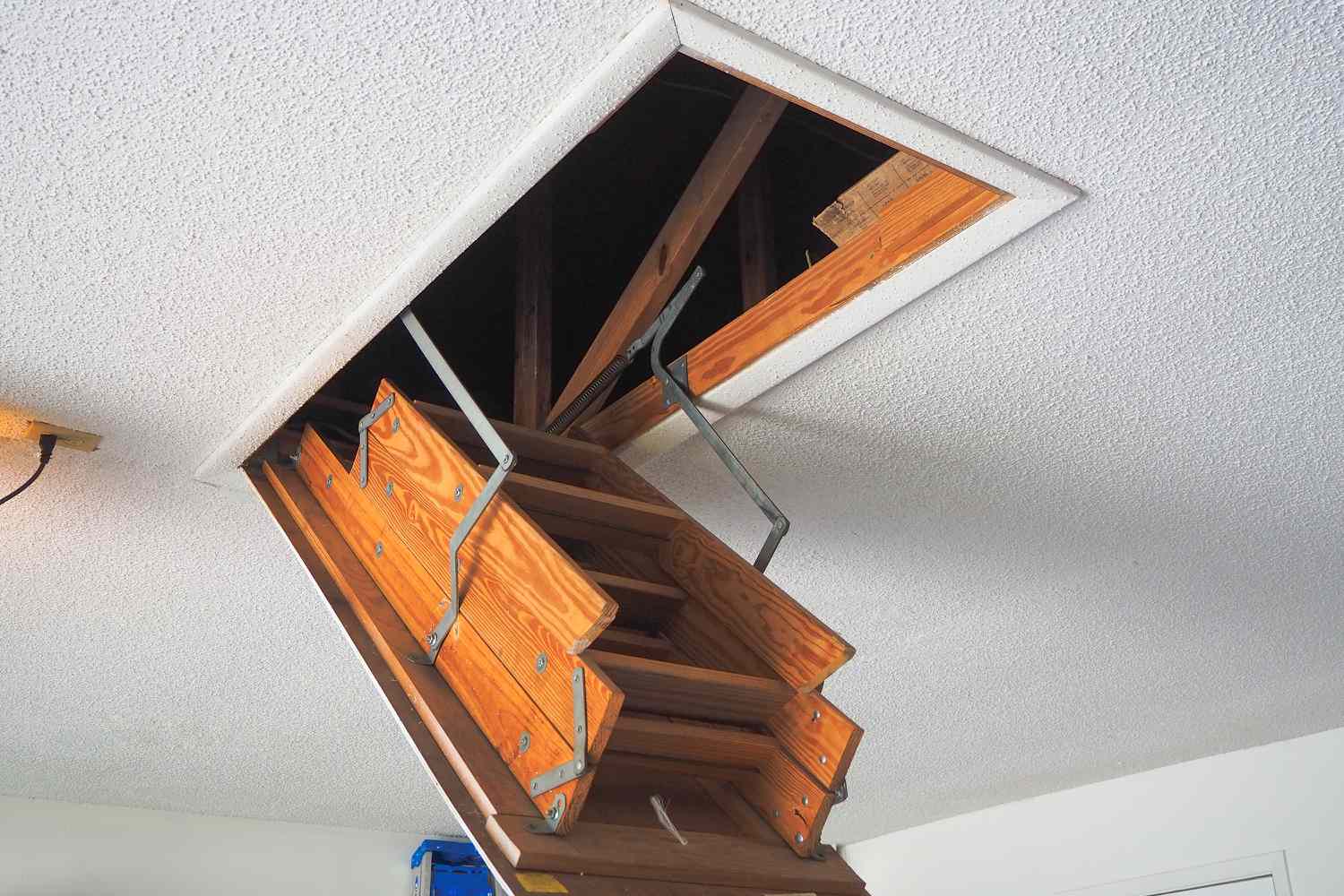

Articles
How Much To Install Attic Stairs
Modified: August 17, 2024
Looking for articles on how much it costs to install attic stairs? Get expert advice and find the best prices for attic stair installation in our comprehensive guide.
(Many of the links in this article redirect to a specific reviewed product. Your purchase of these products through affiliate links helps to generate commission for Storables.com, at no extra cost. Learn more)
Introduction
Having easy access to your attic space can greatly enhance the functionality and convenience of your home. Whether you need extra storage space or want a quick way to access your HVAC system or plumbing, installing attic stairs is a smart solution.
Attic stairs provide a safe and efficient way to go up and down between your living space and attic. They eliminate the need for ladders or other improvised means of access, making it easier to carry items in and out of your attic.
In this article, we will discuss the factors to consider before installing attic stairs, the different types of attic stairs available in the market, the cost of installation, whether you should DIY or hire a professional, additional costs to consider, the step-by-step process of installation, and maintenance tips to keep your attic stairs in top condition.
Before we dive into the details, it’s important to note that installing attic stairs involves some knowledge of construction and carpentry. If you are unsure about your DIY skills or have concerns about safety, it is always recommended to hire a professional for the installation.
Key Takeaways:
- Attic stairs installation requires careful consideration of space, weight capacity, and safety features. Whether DIY or professional installation, prioritizing safety and regular maintenance ensures long-term functionality and convenience.
- Understanding the cost breakdown and weighing the pros and cons of DIY versus professional installation is crucial for making an informed decision. Prioritizing safety and regular maintenance are essential for ensuring the longevity and functionality of attic stairs.
Read more: How Much To Install An Attic Fan
Factors to Consider Before Installing Attic Stairs
Before you start the process of installing attic stairs, there are a few important factors to consider. These factors will help you determine the best type of stairs for your attic and ensure that the installation process goes smoothly. Here are the key factors to keep in mind:
- Available Space: Take measurements of the space where you plan to install the attic stairs. Consider both the ceiling height and the floor space where the stairs can be extended. This will help you select a suitable size and design.
- Weight Capacity: Determine the weight capacity of the attic stairs to ensure that it can safely support the weight of individuals and any items they may be carrying.
- Material: Attic stairs are available in various materials such as wood, aluminum, and steel. Each material has its own pros and cons in terms of durability, weight, and aesthetics.
- Insulation: Consider the insulation requirements of your attic stairs. Proper insulation will help maintain the temperature of your home and prevent air leakage.
- Safety Features: Look for attic stairs with safety features such as handrails, non-slip treads, and proper locks. These features will enhance the safety of using the stairs.
Taking these factors into account will ensure that you choose the right attic stairs for your specific needs and circumstances. Now that we have a clear understanding of the factors to consider, let’s explore the different types of attic stairs available in the market.
Key Takeaways:
- Attic stairs installation requires careful consideration of space, weight capacity, and safety features. Whether DIY or professional installation, prioritizing safety and regular maintenance ensures long-term functionality and convenience.
- Understanding the cost breakdown and weighing the pros and cons of DIY versus professional installation is crucial for making an informed decision. Prioritizing safety and regular maintenance are essential for ensuring the longevity and functionality of attic stairs.
Read more: How Much To Install An Attic Fan
Factors to Consider Before Installing Attic Stairs
Before you begin the process of installing attic stairs, it is crucial to consider a number of factors to ensure a successful and efficient installation. These factors will help you choose the most suitable type of attic stairs for your home and make the installation process smoother. Here are the key considerations to keep in mind:
- Available Space: Measure the space where you plan to install the attic stairs. Consider both the ceiling height and the floor space where the stairs can be extended. This will help you determine the appropriate size and design of the stairs that will fit within the available space.
- Weight Capacity: Determine the weight capacity of the attic stairs to ensure it can safely support the weight of individuals and any items they may carry. It is important to choose stairs that are sturdy and capable of bearing the expected load.
- Material: Attic stairs are available in a variety of materials, including wood, aluminum, and steel. Each material has its own advantages and considerations. Wood stairs are aesthetically pleasing but may require more maintenance, while aluminum and steel stairs offer durability and longevity.
- Insulation: Consider the insulation requirements of your attic stairs. Proper insulation will help maintain the temperature of your home and prevent air leakage. Look for stairs that have insulation built into the design or consider adding insulation during the installation process.
- Safety Features: Prioritize attic stairs with safety features such as handrails, non-slip treads, and proper locks. These features will enhance the safety of using the stairs, particularly if you have children or elderly individuals in the household.
By taking these factors into account, you can ensure that the attic stairs you choose will be suitable for your specific needs and provide a safe and efficient means of accessing your attic space. It is essential to carefully assess these considerations before proceeding with the installation process to avoid any potential issues in the future.
Now that we have a clear understanding of the factors to consider, let’s explore the different types of attic stairs available in the market.
Types of Attic Stairs
When it comes to attic stairs, there are several types available to fit different needs and space requirements. Each type of attic stairs offers its own set of advantages and considerations. Understanding the different types will help you make an informed decision about which one is best suited for your specific situation. Here are the most common types of attic stairs:
- Pull-Down Stairs: Also known as folding stairs or telescoping stairs, pull-down stairs are the most popular and commonly used type of attic stairs. These stairs are designed to be folded and stored in the attic space when not in use. They are typically made of wood or aluminum and can be easily extended and retracted using a pull-down rope or pulley system.
- Sliding Stairs: Sliding stairs, also called “loft ladders,” are another popular option for attic access. These stairs are designed to slide out horizontally from the attic opening, providing a sturdy and secure means of climbing up and down. Sliding stairs are often made of aluminum or steel and are relatively compact, making them ideal for smaller spaces.
- Scissor Stairs: Scissor stairs, also known as accordion stairs or concertina stairs, are a space-saving option that expands and contracts like an accordion. These stairs are made up of multiple segments that fold and unfold as needed. Scissor stairs are often made of aluminum or steel and can be easily adjusted to fit varying ceiling heights.
- Spiral Stairs: Spiral stairs are a stylish and elegant choice for attic access. These stairs feature a helical design, with each step connected to a central column. Spiral stairs are typically constructed from metal, such as steel or cast iron, and provide a compact and visually appealing solution for accessing attics with limited space.
- Electric Stairs: Electric attic stairs, also known as motorized stairs, offer the ultimate convenience and ease of use. These stairs are operated by an electric motor, allowing them to automatically extend and retract at the touch of a button. Electric stairs are often made of aluminum or steel and are an excellent option for individuals with mobility issues or those who prefer a hands-free operation.
Each type of attic stairs has its own set of benefits and considerations in terms of installation, space requirements, aesthetics, and functionality. It is important to carefully evaluate your specific needs and consult with a professional if necessary to determine which type of stairs will work best for your home.
Now that we have explored the different types of attic stairs, let’s move on to discussing the cost of installing attic stairs.
Cost of Attic Stairs Installation
The cost of installing attic stairs can vary depending on several factors, including the type of stairs, the level of difficulty of the installation, and whether you choose to hire a professional or tackle the project yourself. Understanding the cost breakdown will help you budget accordingly and make an informed decision. Here are the key factors that impact the cost of attic stairs installation:
- Type of Attic Stairs: The cost of the stairs themselves can vary based on the material, design, and features. Generally, pull-down stairs are the most affordable option, while electric stairs tend to be the most expensive due to their motorized mechanism.
- Installation Labor: If you decide to hire a professional contractor or carpenter to install the attic stairs, labor costs will be a significant part of the overall expense. The complexity of the installation and the time required will affect the labor charges.
- Additional Materials: Depending on the specific installation requirements, you may need to purchase additional materials such as hardware, fasteners, insulation, and trim. These additional materials can add to the total cost.
- Location: The cost of attic stairs installation can also vary depending on your geographical location and local labor rates. Urban areas and regions with a higher cost of living may have higher installation costs compared to rural areas.
- DIY vs Professional Installation: Opting for a DIY installation can save you money on labor costs, but it requires a certain level of skill and knowledge. If you have the necessary expertise and confidence in your abilities, doing it yourself can be a cost-effective option. However, if you lack experience or are uncertain about the installation process, it is best to hire a professional to ensure a safe and proper installation.
As a rough estimate, the cost of attic stairs installation, including both materials and labor, can range from $500 to $2,000 or more. This cost range is a general guideline and can vary based on the factors mentioned above.
Remember to obtain multiple quotes from reputable contractors or carpenters to get a better idea of the specific costs involved. It is essential to choose quality materials and ensure proper installation for long-term durability and safety.
Now that we have discussed the cost considerations, let’s explore the pros and cons of DIY installation versus hiring a professional.
Read more: How To Add Stairs To Attic
DIY vs Professional Installation
When it comes to installing attic stairs, you have the option to either tackle the project yourself or hire a professional to do the job. Both options have their own advantages and considerations, so it’s important to weigh them carefully before making a decision. Here are the pros and cons of DIY installation versus hiring a professional:
DIY Installation:
Pros:
- Cost Savings: One of the primary advantages of DIY installation is cost savings. By doing the installation yourself, you can eliminate the need to hire a professional and potentially save a significant amount of money.
- Control and Flexibility: DIY installation allows you to have full control over the project and ensure that it is done according to your preferences and timeline. You can also make adjustments or modifications as needed during the installation process.
- Sense of Achievement: Successfully completing a DIY project can give you a sense of accomplishment and pride in your abilities. It can be a rewarding experience to tackle a home improvement task on your own.
Cons:
- Lack of Expertise: Unless you have prior experience or knowledge in carpentry and construction, DIY installation may be challenging and require a learning curve. Improper installation can lead to safety hazards and future issues.
- Time and Effort: DIY installation can be time-consuming, especially if you are not familiar with the process. It may require research, planning, and troubleshooting along the way.
- Potential Mistakes: Without professional guidance, there is a higher likelihood of making mistakes during the installation. These mistakes can compromise the safety, efficiency, and durability of the attic stairs.
Hiring a Professional:
Pros:
- Expertise and Experience: Hiring a professional ensures that the installation is done correctly and efficiently. Professionals have the necessary knowledge, skills, and tools to handle the job professionally.
- Time Savings: When you hire a professional, you can save time and effort by not having to figure out the installation steps yourself. They will handle the process from start to finish, minimizing any potential delays.
- Guarantee and Insurance: Many professional installers offer guarantees and warranties on their work and may be insured against any mishaps or damages that may occur during the installation. This provides added peace of mind.
Cons:
- Higher Cost: Hiring a professional for attic stairs installation comes with a price tag. The cost of labor can add to the overall expense, making it a more expensive option compared to DIY installation.
- Limited Control: When you hire a professional, you have limited control over the installation process. You need to rely on their expertise and trust that they will complete the job to your satisfaction.
Ultimately, the choice between DIY installation and hiring a professional depends on your comfort level, available time, and budget. If you have the necessary skills and feel confident in your abilities, DIY installation can be a cost-effective option. However, if you lack experience or are unsure about the process, it is recommended to hire a professional for a safe and efficient installation.
Now that we have explored the pros and cons of each option, let’s discuss additional costs to consider when installing attic stairs.
When considering the cost of installing attic stairs, it’s important to factor in the type of stairs, labor costs, and any necessary structural modifications. It’s also a good idea to get multiple quotes from reputable contractors to ensure you’re getting a fair price.
Additional Costs to Consider
When planning to install attic stairs, it’s important to consider not only the cost of the stairs themselves but also any additional expenses that may arise during the installation process. Being aware of these potential costs will help you budget accordingly and avoid any unexpected financial surprises. Here are some additional costs to consider when installing attic stairs:
- Permits and Inspections: Depending on your local building codes and regulations, you may need to obtain permits for the installation of attic stairs. The cost of these permits can vary, so it’s important to check with your local authorities to determine if any fees apply. Additionally, some jurisdictions may require inspections to ensure that the installation meets safety standards.
- Carpentry and Modification: In some cases, modifications may be required to your existing attic opening or surrounding structure to accommodate the installation of attic stairs. This may involve hiring a carpenter or contractor to make the necessary adjustments. The cost of carpentry work will vary depending on the complexity of the modifications.
- Insulation: Properly insulating the attic stairs can help prevent heat loss, improve energy efficiency, and reduce noise transmission. If your attic stairs do not come with sufficient insulation, you may need to purchase insulation materials separately. The cost will depend on the type and amount of insulation required.
- Trim and Finishing: To ensure a polished and aesthetically pleasing look, you may want to consider adding trim or finishing touches around the attic opening or the stairs themselves. This can involve purchasing trim materials, such as molding or casing, as well as hiring a carpenter or handyman to install them. The cost will depend on the materials used and the extent of the finishing work.
- Professional Installation: If you decide to hire a professional to install the attic stairs, you will need to budget for the cost of labor. The price for professional installation can vary depending on factors such as the complexity of the installation, the location, and the installer’s hourly rates. It’s best to obtain quotes from multiple professionals to get an accurate estimate.
It’s important to factor in these additional costs when planning your attic stairs installation project. Be sure to thoroughly research and budget for these expenses to ensure that you have a clear understanding of the total investment required.
Now that we have covered the additional costs, let’s move on to discussing the step-by-step process of installing attic stairs.
Steps to Install Attic Stairs
Installing attic stairs may seem like a daunting task, but with the right tools, materials, and instructions, it can be a manageable DIY project. Before you begin, ensure that you have carefully measured your space and obtained all the necessary materials. Follow these general steps to install attic stairs:
- Prepare the Work Area: Clear the area around the attic opening to create enough space for the installation. Remove any obstacles and make sure the area is clean and free from debris.
- Read the Instructions: Familiarize yourself with the manufacturer’s instructions for your particular attic stairs. Follow the instructions closely and refer to them as you proceed with the installation.
- Frame the Opening: If your attic opening is not properly framed, you will need to frame it with the help of a carpenter. Ensure the opening is square and properly aligned before proceeding.
- Position the Staircase: Carefully place the attic stairs unit in the opening and make sure it is positioned correctly. Ensure that the stairs are level and centered within the opening.
- Secure the Unit: Use screws or nails (as specified by the manufacturer) to secure the attic stairs unit to the framing around the opening. Ensure it is firmly attached and stable.
- Install the Trim: If desired, install trim around the attic opening to give it a finished look. Measure and cut the trim pieces to fit and secure them in place using nails or construction adhesive.
- Add Insulation: Insulate the area around the attic stairs to prevent heat loss and drafts. Apply insulation to the sides and top of the stairs, ensuring a proper seal.
- Test the Operation: Before using the attic stairs, thoroughly test its operation to ensure it functions properly. Check that the stairs open and close smoothly and that any locks or latches are secure.
- Apply Finishing Touches: If desired, paint or stain the attic stairs and any surrounding trim to match the décor of the room. This step is purely cosmetic but can enhance the overall appearance of the stairs.
It is important to note that the specific steps may vary based on the type and model of attic stairs you have. Always refer to the manufacturer’s instructions for the most accurate and detailed guidance.
Remember, if you are unsure about any step of the installation process or feel uncomfortable performing the installation yourself, it is best to consult with a professional to ensure a safe and proper installation.
Now that you are familiar with the steps involved in installing attic stairs, let’s move on to discussing important safety precautions to keep in mind during the installation process.
Safety Precautions during Installation
During the installation of attic stairs, it is crucial to prioritize safety to prevent accidents or injuries. Following proper safety precautions will not only protect you and others involved in the project but also ensure the durability and functionality of the stairs. Here are some important safety precautions to keep in mind during the installation:
- Use Protective Gear: Always wear appropriate safety gear, such as work gloves, safety glasses, and a dust mask, to protect yourself from debris, dust, and potential hazards. If using power tools, follow the manufacturer’s recommendations for safety equipment.
- Ensure a Sturdy Ladder: If you need to use a ladder during the installation, choose a sturdy ladder that is the correct height for the task. Ensure it is placed on a stable surface and use a ladder stabilizer if necessary to maintain balance and prevent falls.
- Beware of Electrical Hazards: If your attic stairs installation involves electrical connections or modifications, take precautions to avoid electrical hazards. Turn off the power to the area where you are working to prevent accidental shocks or shorts, and if necessary, consult a qualified electrician for assistance.
- Follow Proper Lifting Techniques: When handling heavy items or materials, use proper lifting techniques to avoid strain or injury. Lift with your legs and not your back and seek assistance if necessary to prevent overexertion.
- Secure the Stairs: Ensure that the attic stairs unit is securely fastened to the framing and that all screws or nails are properly tightened. This will prevent any loosening or instability that could lead to accidents or injuries down the line.
- Avoid Overloading: Be mindful of the weight capacity of the attic stairs and avoid overloading them. Take into account the weight of individuals using the stairs as well as any items or equipment being carried up and down. Exceeding the weight capacity can compromise the structural integrity of the stairs.
- Work in a Well-Ventilated Area: Ensure that the attic space is well-ventilated during the installation to prevent the buildup of fumes or excessive heat. If necessary, use fans or open windows to improve air circulation.
- Double-Check Measurements and Alignments: Before securing the attic stairs or making any permanent modifications, double-check all measurements and alignments to ensure they are accurate. This will prevent any issues with the stability or functionality of the stairs.
- Seek Professional Help if Needed: If you are unsure about any aspect of the installation process or lack the necessary experience, do not hesitate to seek professional help. Hiring a skilled contractor or carpenter will ensure a safe and reliable installation.
By following these safety precautions, you minimize the risk of accidents, injuries, and potential damage during the installation of attic stairs. Safety should always be a top priority, so take your time, work methodically, and seek assistance or professional guidance when needed.
Now that you are aware of the safety precautions, let’s move on to discussing the maintenance and care for attic stairs.
Read more: How To Build Stairs To Attic
Maintenance and Care for Attic Stairs
Proper maintenance and care are essential for ensuring the longevity and functionality of your attic stairs. Regular upkeep will not only keep the stairs in good condition but also help prevent accidents and costly repairs. Here are some important maintenance tips and care guidelines to follow for your attic stairs:
- Keep it Clean: Regularly clean your attic stairs to remove dirt, dust, and debris that may accumulate over time. Use a vacuum cleaner or a soft-bristle brush to clean the stairs, hinges, and any other accessible parts. Avoid using abrasive cleaners or solvents that may damage the surface of the stairs.
- Inspect for Damage: Periodically inspect your attic stairs for any signs of damage, such as cracked steps, loose hardware, or worn-out hinges. Address any issues promptly to prevent further damage or safety hazards. If you notice significant damage or structural issues, it is best to consult a professional for repairs or replacement.
- Lubricate Moving Parts: Lubricate the hinges, pulleys, or any other moving parts of the attic stairs according to the manufacturer’s recommendations. This will help ensure smooth operation and prevent any squeaking or resistance when extending or retracting the stairs.
- Tighten Loose Fasteners: Regularly check the screws, bolts, and other fasteners on your attic stairs to ensure they are secure. Over time, these fasteners may become loose due to the constant movement and weight load. Tighten any loose fasteners using the appropriate tools to maintain stability.
- Inspect the Ladder: If your attic stairs have a foldable ladder component, inspect it regularly for any signs of wear or damage. Check for loose rungs, broken steps, or bent sections. Replace any worn-out or damaged ladder components as soon as possible to prevent accidents while climbing the stairs.
- Check Insulation: Inspect the insulation around the attic stairs to ensure it remains intact and properly seals the opening. Replace or repair any damaged insulation to prevent heat loss, drafts, or increased energy costs.
- Follow Weight Capacity Guidelines: Be mindful of the weight capacity of your attic stairs and avoid exceeding it. Do not overload the stairs with heavy items or allow more individuals on the stairs than recommended. Exceeding the weight capacity can put undue stress on the stairs and compromise their structural integrity.
- Provide Regular Maintenance: If your attic stairs have specific maintenance requirements, such as adjusting tension springs or lubricating specific parts, follow the manufacturer’s recommendations for maintenance. Regularly perform any necessary maintenance tasks to ensure optimal performance and longevity.
- Keep Children Supervised: If you have young children at home, ensure they are supervised when using the attic stairs. Educate them about the importance of safety and the proper use of the stairs to avoid any accidents or injuries.
- Seek Professional Help: If you notice any significant issues or are unsure about how to properly maintain your attic stairs, do not hesitate to seek professional help. A qualified contractor or carpenter can provide guidance, perform inspections, or carry out necessary repairs or maintenance tasks.
By following these maintenance tips and care guidelines, you can prolong the lifespan of your attic stairs and ensure a safe and smooth operation. Regular inspections and proactive attention to any issues will help keep your stairs in good condition and minimize the need for costly repairs or replacements.
Now that we have covered the maintenance and care aspects, let’s conclude our article.
Conclusion
Installing attic stairs is a practical and efficient way to access your attic space. Whether you need additional storage, want to easily access your HVAC system, or simply want a convenient way to move in and out of your attic, attic stairs provide the perfect solution. Throughout this article, we’ve covered various important aspects of installing attic stairs, including factors to consider before installation, different types of attic stairs, the cost of installation, the pros and cons of DIY versus professional installation, additional costs to consider, the step-by-step installation process, safety precautions, and maintenance tips.
When considering attic stairs installation, it is crucial to evaluate factors such as available space, weight capacity, material, insulation requirements, and safety features. These considerations will help you choose the most suitable type of attic stairs for your specific needs and ensure a successful installation. Additionally, understanding the cost breakdown and weighing the pros and cons of DIY versus professional installation will assist in making an informed decision that aligns with your budget and expertise.
Throughout the installation process, it is vital to prioritize safety by using proper protective equipment, securing the stairs firmly, and following the manufacturer’s instructions. Regular maintenance and care, including cleaning, inspections, lubrication, and addressing any issues promptly, will prolong the life of your attic stairs and ensure their consistent functionality.
Overall, installing attic stairs can transform your attic space, providing convenient access along with increased functionality and storage possibilities. Whether you choose to tackle the installation yourself or hire a professional, it is important to approach the project with careful planning, attention to detail, and a commitment to safety. By doing so, you can enjoy the benefits of easy attic access while maintaining the safety and appearance of your home.
Now that you have a comprehensive understanding of attic stairs installation, it’s time to assess your specific needs, budget, and skills to determine the best course of action. With proper planning, careful execution, and ongoing maintenance, your attic stairs will serve as a valuable addition to your home for years to come.
Frequently Asked Questions about How Much To Install Attic Stairs
Was this page helpful?
At Storables.com, we guarantee accurate and reliable information. Our content, validated by Expert Board Contributors, is crafted following stringent Editorial Policies. We're committed to providing you with well-researched, expert-backed insights for all your informational needs.
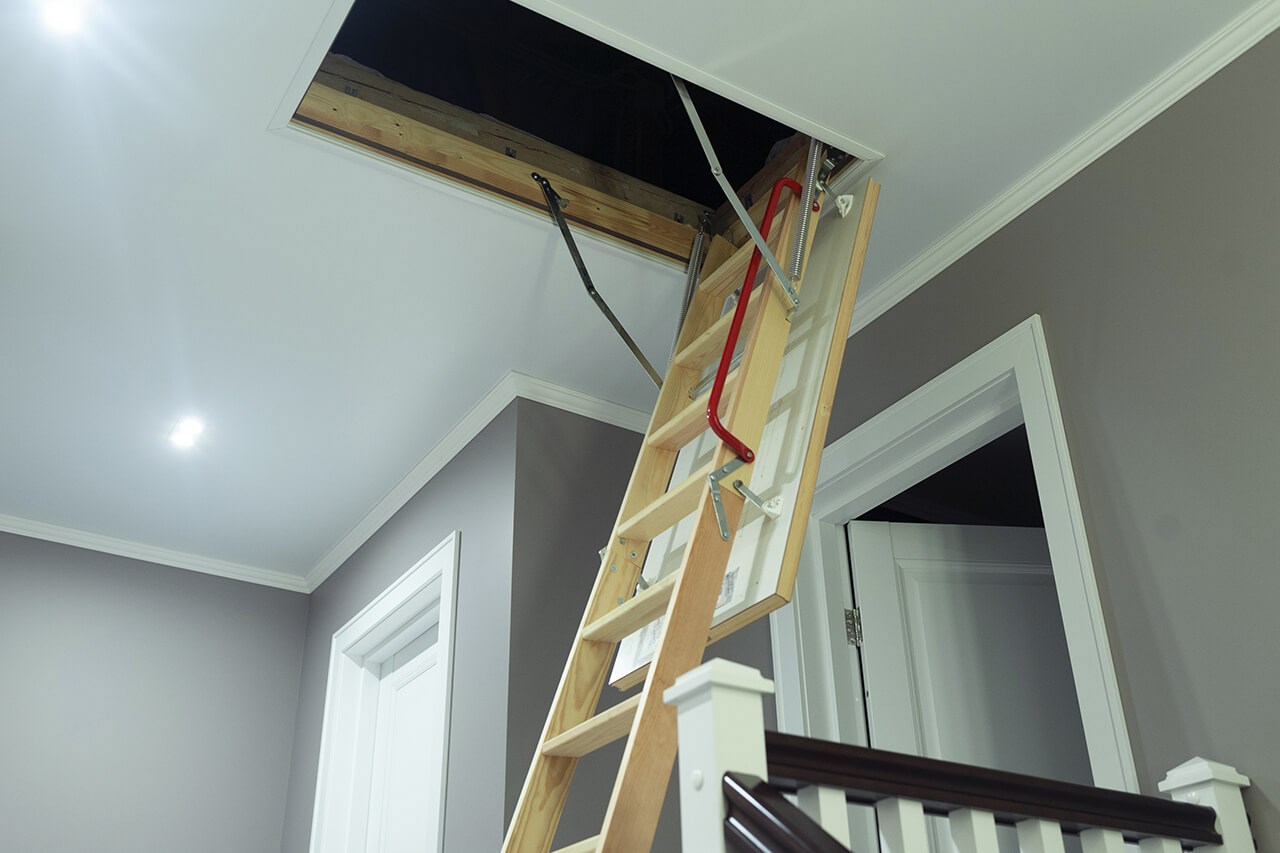
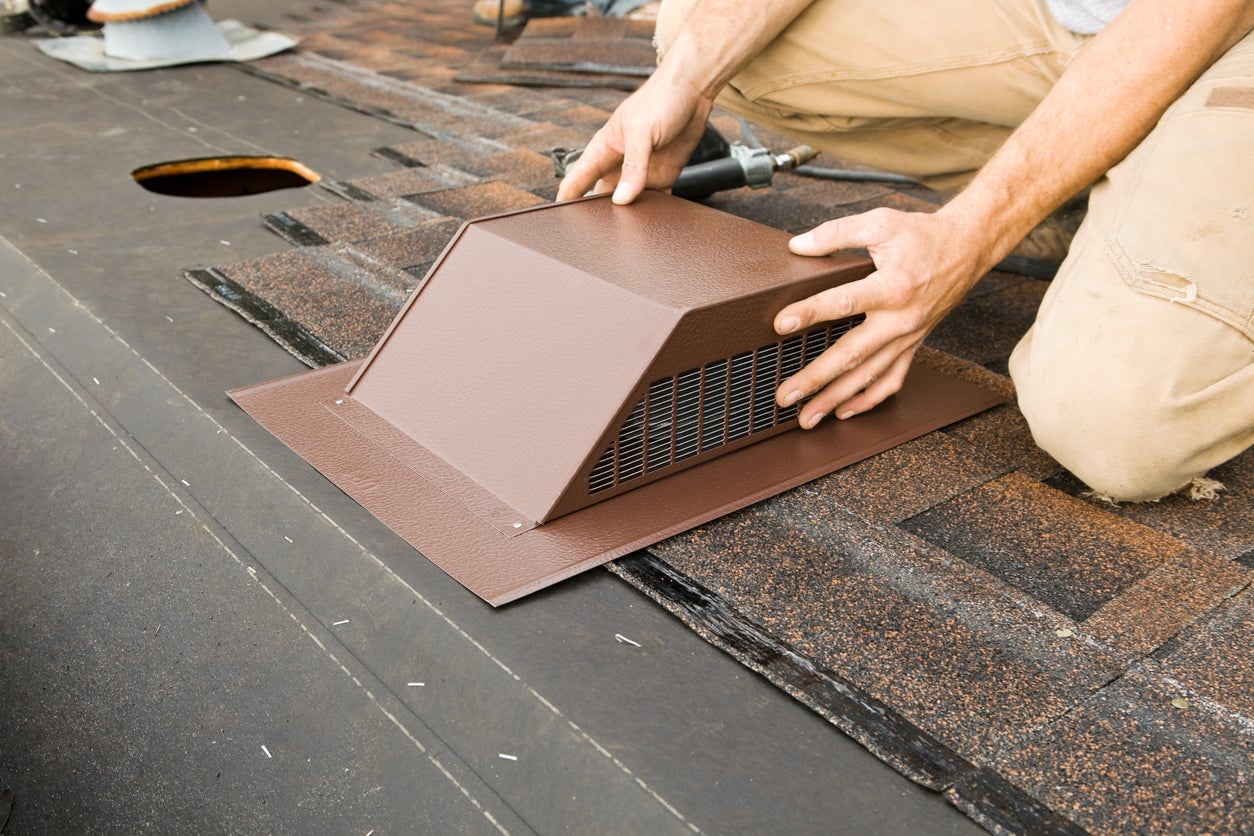
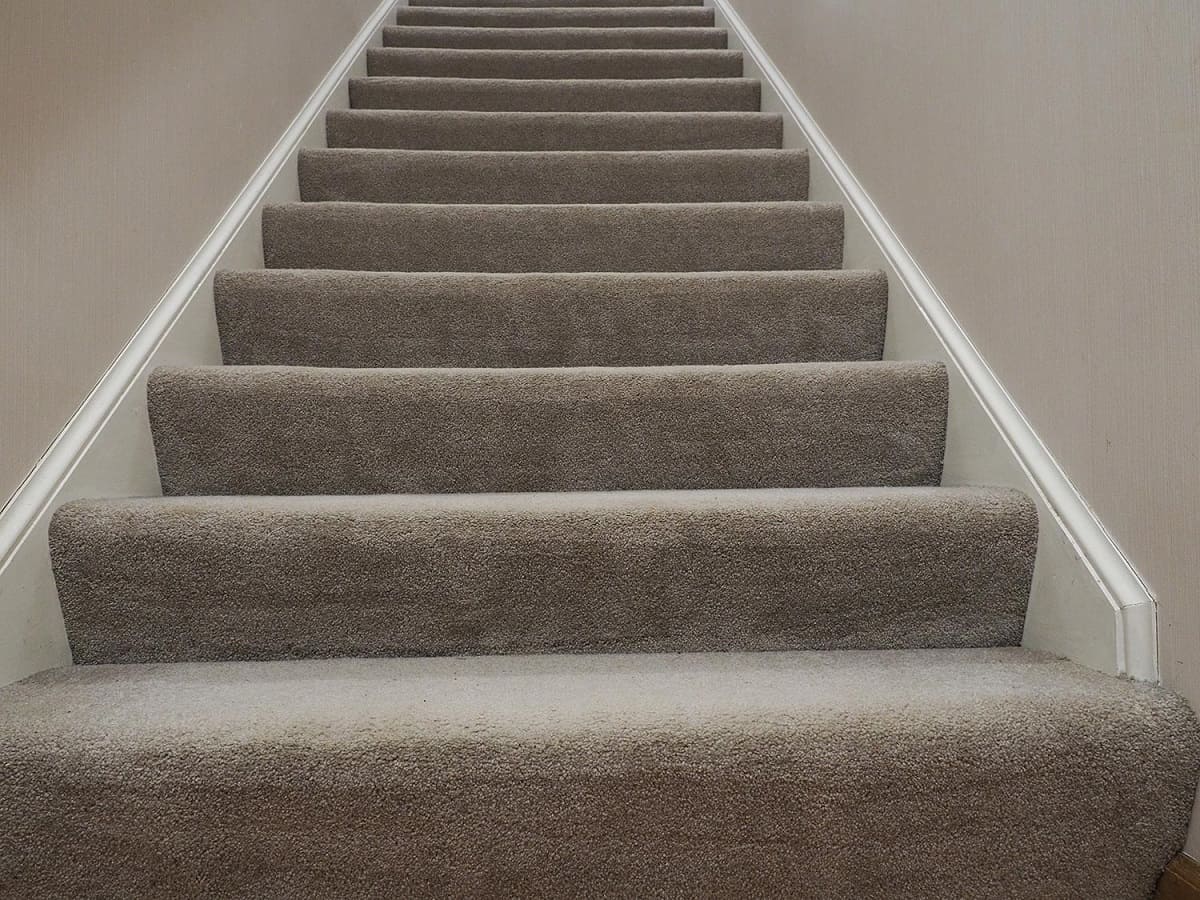
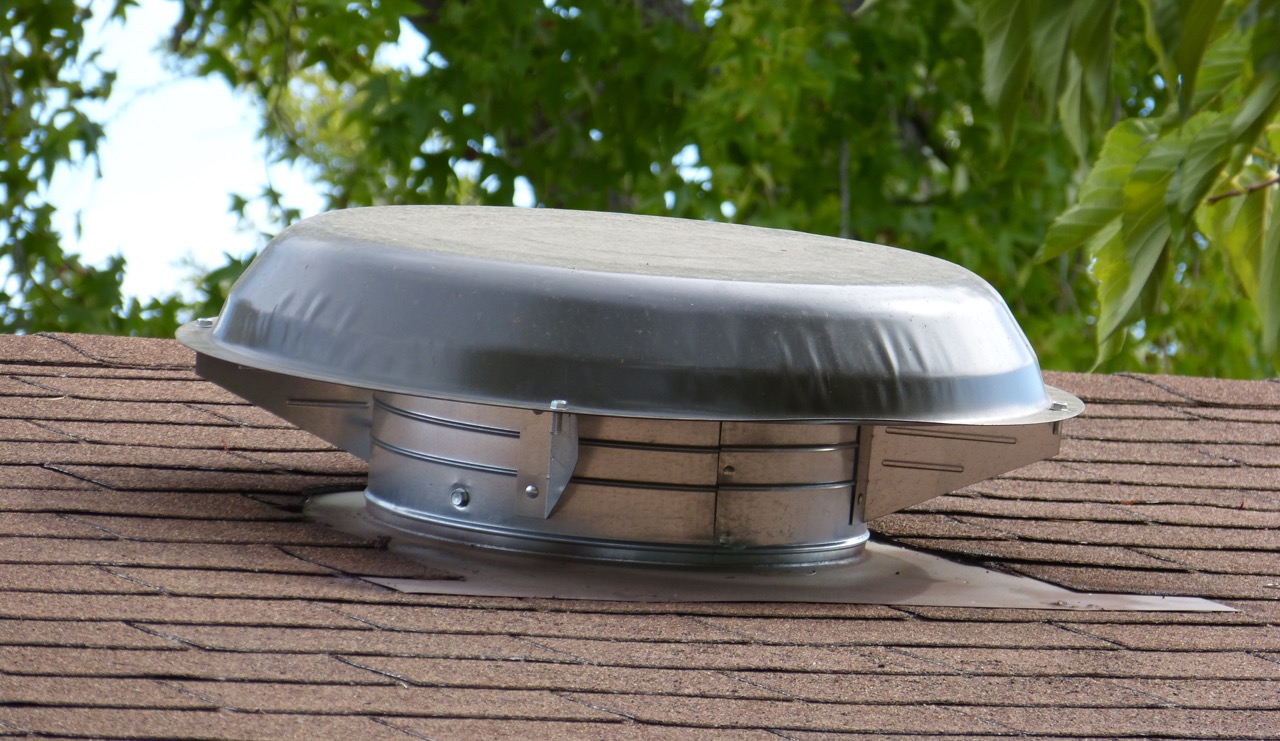
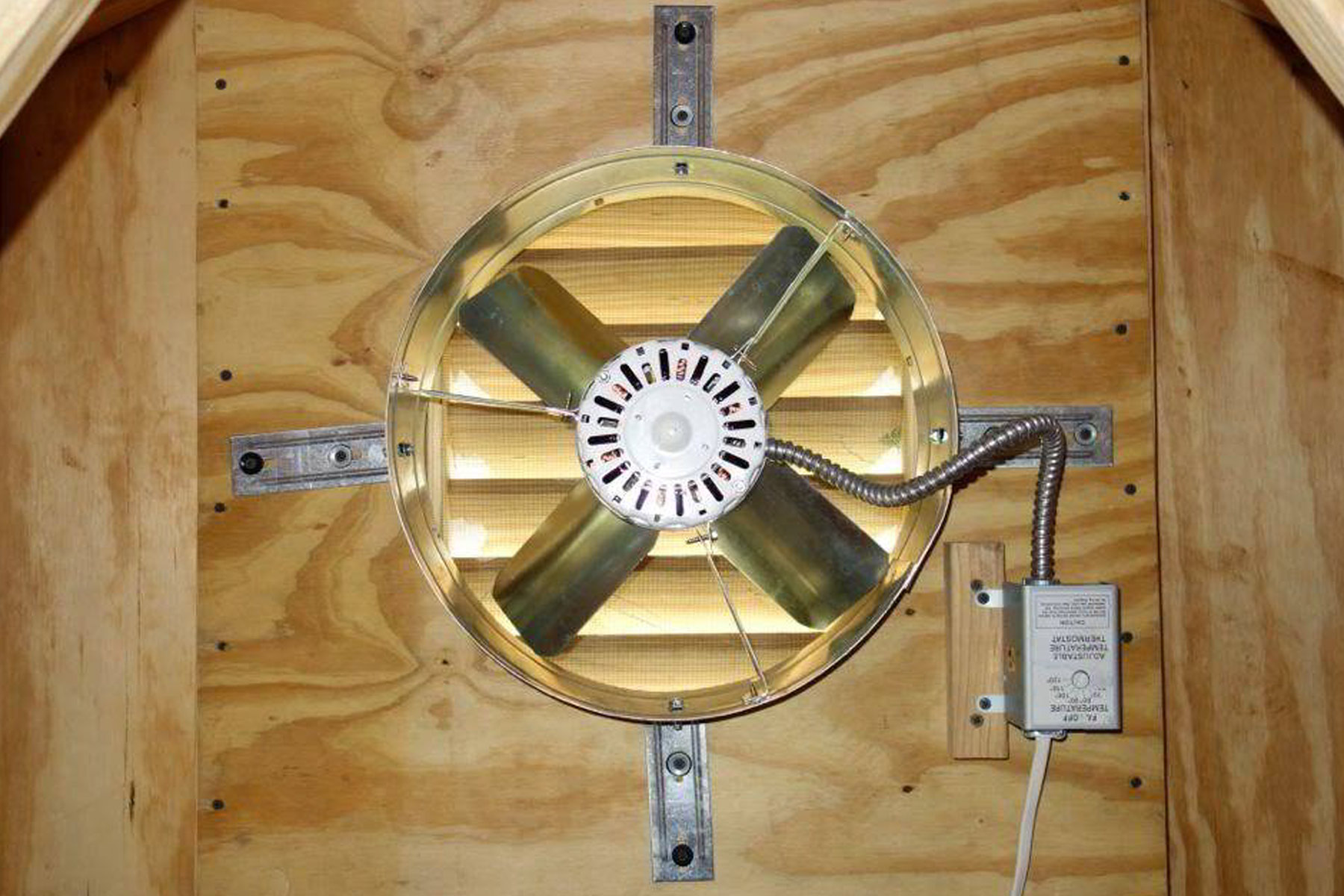
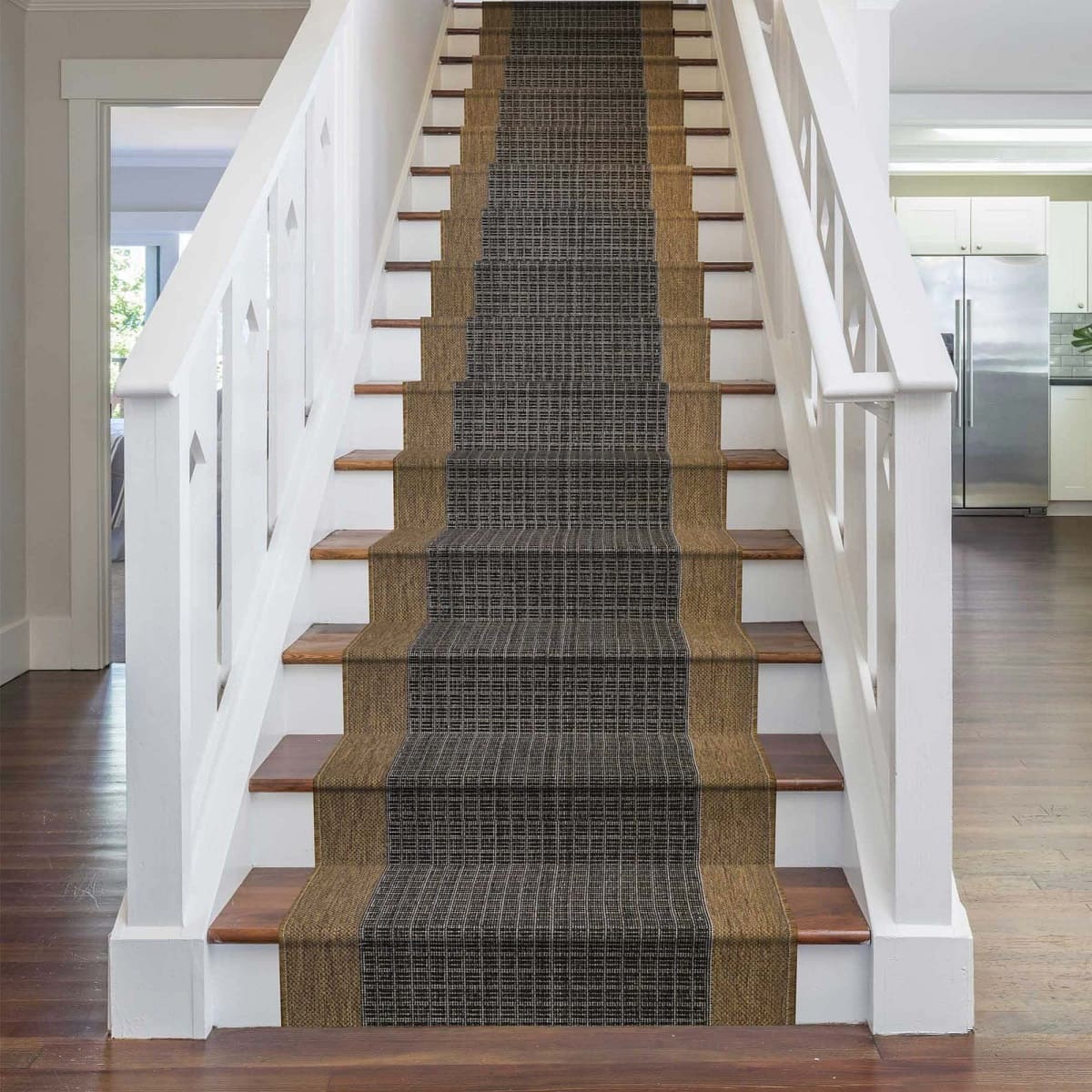
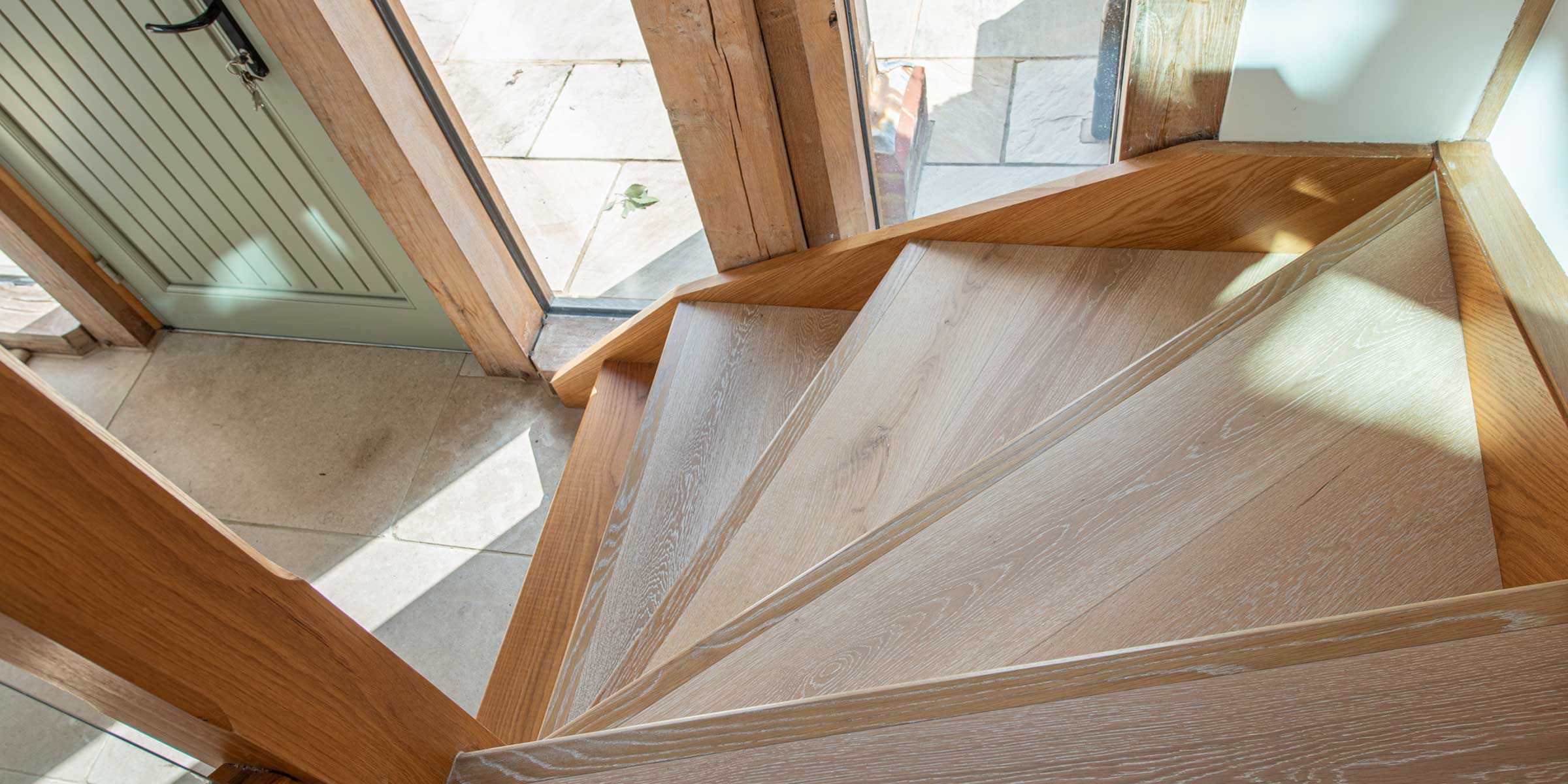
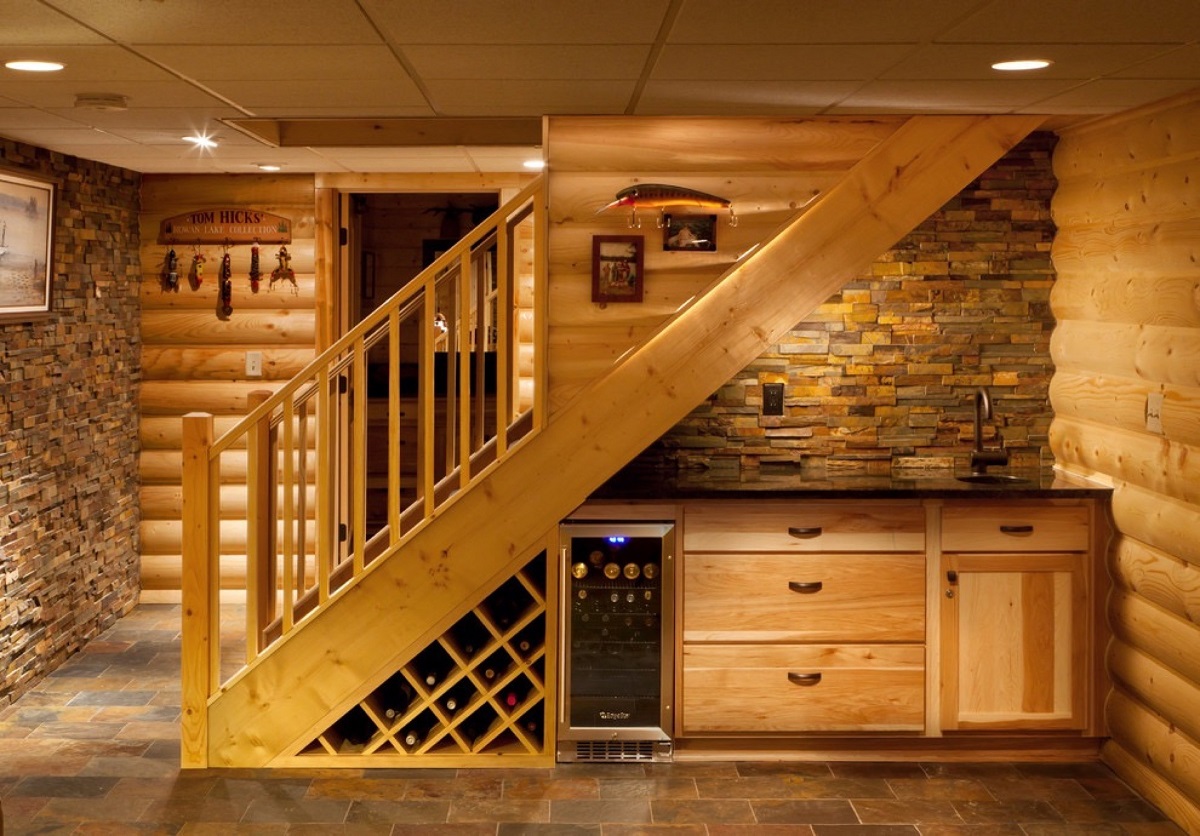

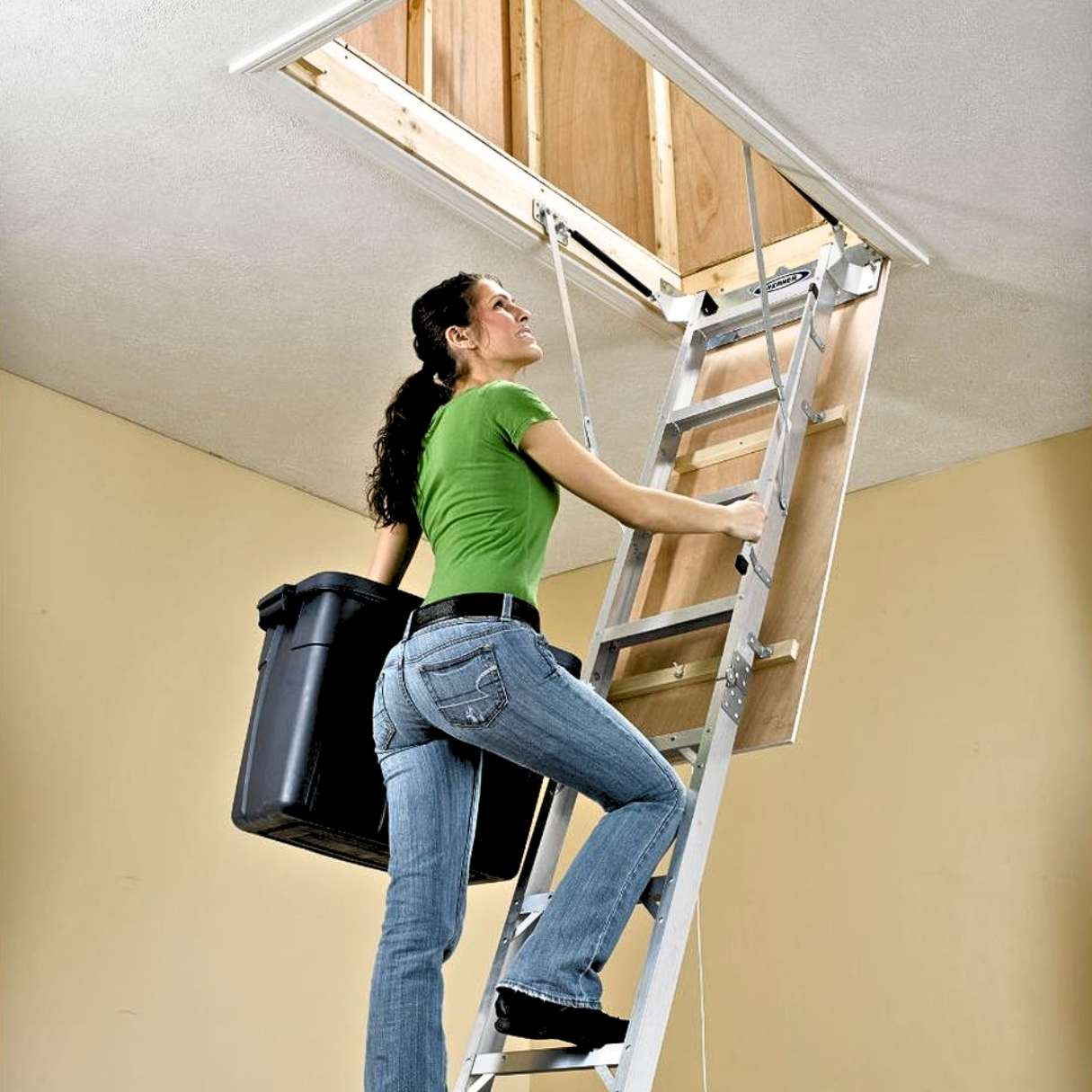
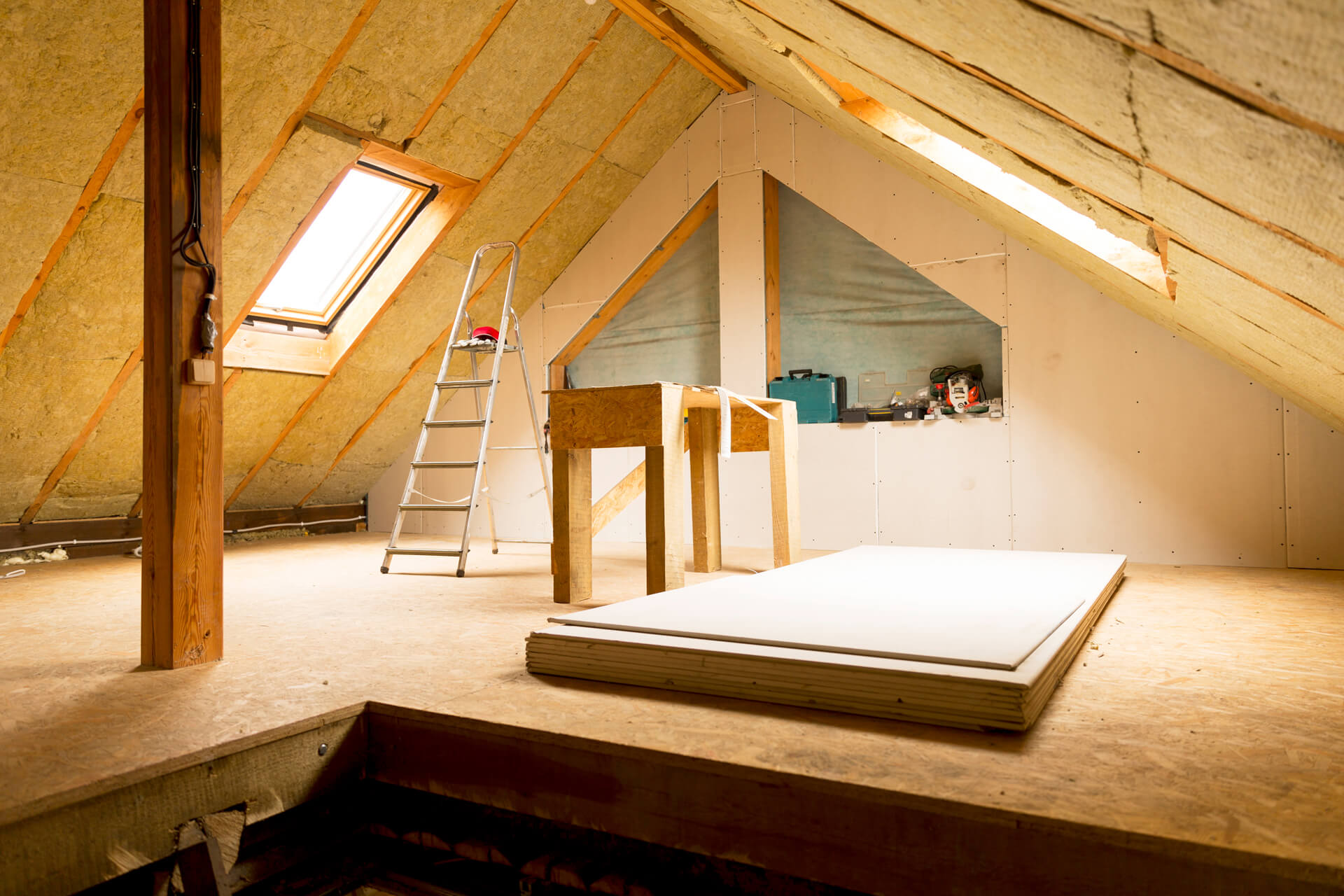
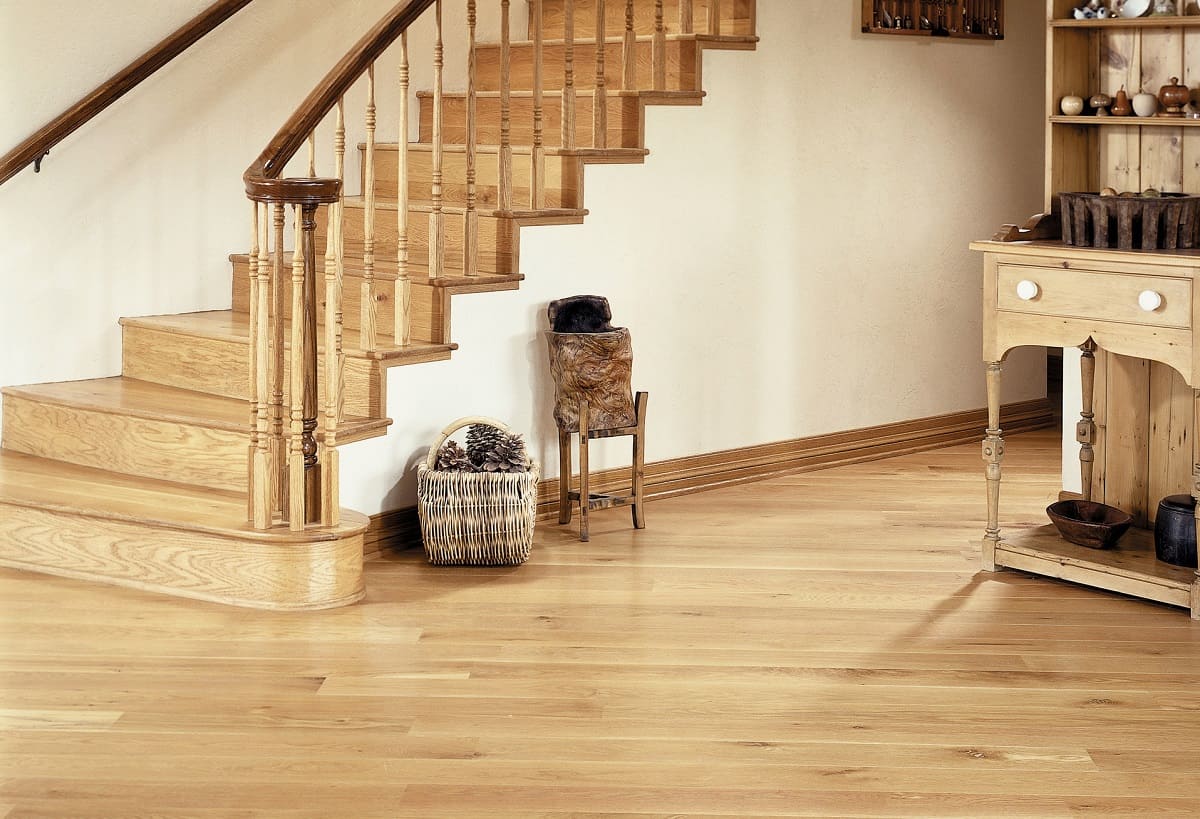
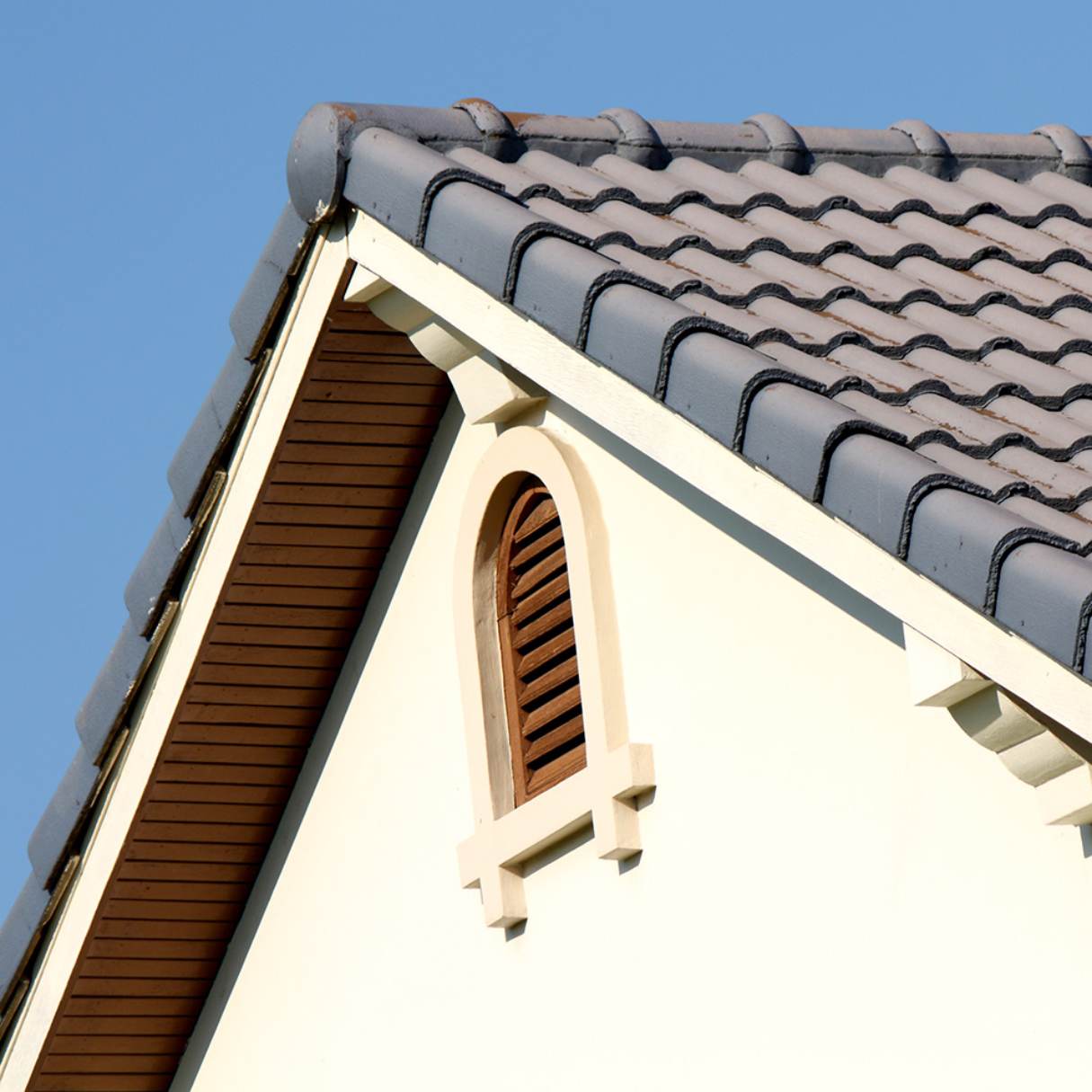

0 thoughts on “How Much To Install Attic Stairs”